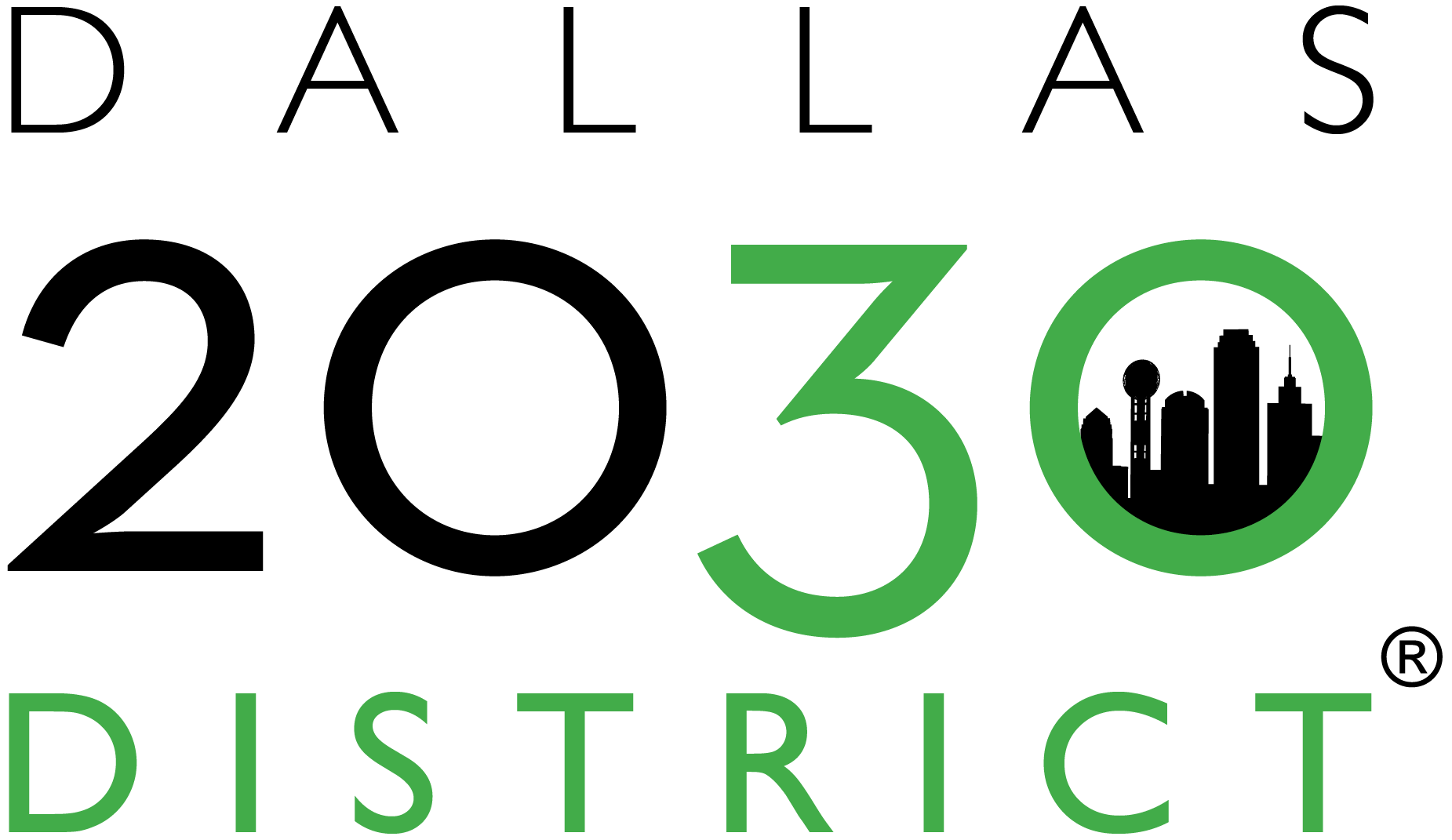Here is information directly from Energy Star for certification on Commercial Buildings-
Update on ENERGY STAR certification for commercial buildings impacted by the COVID-19 pandemic
“As we continue to adapt to and assess the impacts of the COVID-19 pandemic, we at the U.S. Environmental Protection Agency (EPA) and Natural Resources Canada (NRCan) want to provide you with updated guidance concerning applications for 2020 ENERGY STAR certification.
As noted in our last message, our first priority remains the health and safety of all of our stakeholders. Therefore, we are pleased to provide the guidance below, which will allow you to apply for ENERGY STAR certification, while at the same time complying with the recommendations of medical experts on reducing the risk of exposure to the coronavirus.
NOTE: No changes have been made to ENERGY STAR certification for industrial plants. The information in this e-mail applies only to commercial buildings in the U.S. and Canada. For information or questions about ENERGY STAR certification of industrial plants, please contact Danny Macri (for plants in the U.S.) or James Campbell (for plants in Canada).
Guidance on applying for 2020 ENERGY STAR certification
To allow maximum flexibility, the requirement to submit an application for ENERGY STAR certification within 120 days of the application’s Period Ending Date (PED) has been suspended indefinitely. This will allow all qualifying buildings to complete the site visit when it is safe to do so. Nevertheless, we recognize that some of you may have a desire to earn certification sooner, so we have developed the following guidance to help you assess whether you can apply for certification now, or if you should wait until a later time:
- If your application includes only time when your building was operating normally, and your site visit was conducted during normal operations (or you can reuse the site visit from a 2019 certification), you can apply now and your application will be processed. For most properties whose operations were affected by COVID-19, this will mean using a PED of 2/29/2020 or earlier.
- For all other applications it is strongly recommended that you wait to apply until after operations return to normal. EPA will be providing guidance in the coming months on how to benchmark buildings that experienced significant changes in operations, and you would then be able to conduct your site visit during normal operations. Waiting to apply will decrease the likelihood of you having to make edits to your application.
- If you are unsure of whether you should apply now or wait, please contact EPA or e-mail NRCan at info.services@nrcan-rncan.gc.ca and we will advise you on the best course of action.
Need to certify now?
We recognize that, in some cases, you may have a time-sensitive need to earn the ENERGY STAR. In these cases, applicants should contact EPA or e-mail NRCan at info.services@nrcan-rncan.gc.ca to discuss your situation. We expect these instances to be rare. Some examples include:
- Fannie Mae Green Rewards Applications
- Freddie Mac Green Advantage Loan Applications
- U.S. General Services Administration (GSA) Leasing Bids
- U.S. Department of Housing and Urban Development (HUD) Mortgage Insurance Premium (MIP) Reduction Program Applications
- Certain Local Government “Beyond Benchmarking” Law Compliance
- IREM Certified Sustainable Property Applications
New requirements for all ENERGY STAR applications
Beginning in mid-May 2020, all applications will need to include a detailed description of any changes that took place in the property’s operations due to COVID-19. This information will be entered at the beginning of the application process in a new free-response field.
To ensure you have complete information to document changes in operations within your buildings, we recommend tracking such changes in a spreadsheet or other format that you find convenient. Keep in mind that it will be important to have this information from the start of operational changes until the return to normal operations, and to have interim data as appropriate to document changes over the full period. Changes you might wish to track will vary depending on your building type but will generally include operational use details such as: weekly operating hours, number of workers on the main shift, occupancy, and anything else that might have changed (even if they are not required to receive an ENERGY STAR score).
Impact on ENERGY STAR scores and certification eligibility
We recognize that many buildings are experiencing extended periods of reduced occupancy or even closure, while others may be experiencing the opposite. Our team is continuing work to assess the future impacts of these new usage patterns on ENERGY STAR scores and certification eligibility and expect that this work will take several months to complete. Additional guidance for proper benchmarking to account for these operational changes will be provided as soon as possible.
We thank you for your patience and understanding, and we hope you are all staying safe in this difficult time. We will continue to update you as the situation evolves.”

